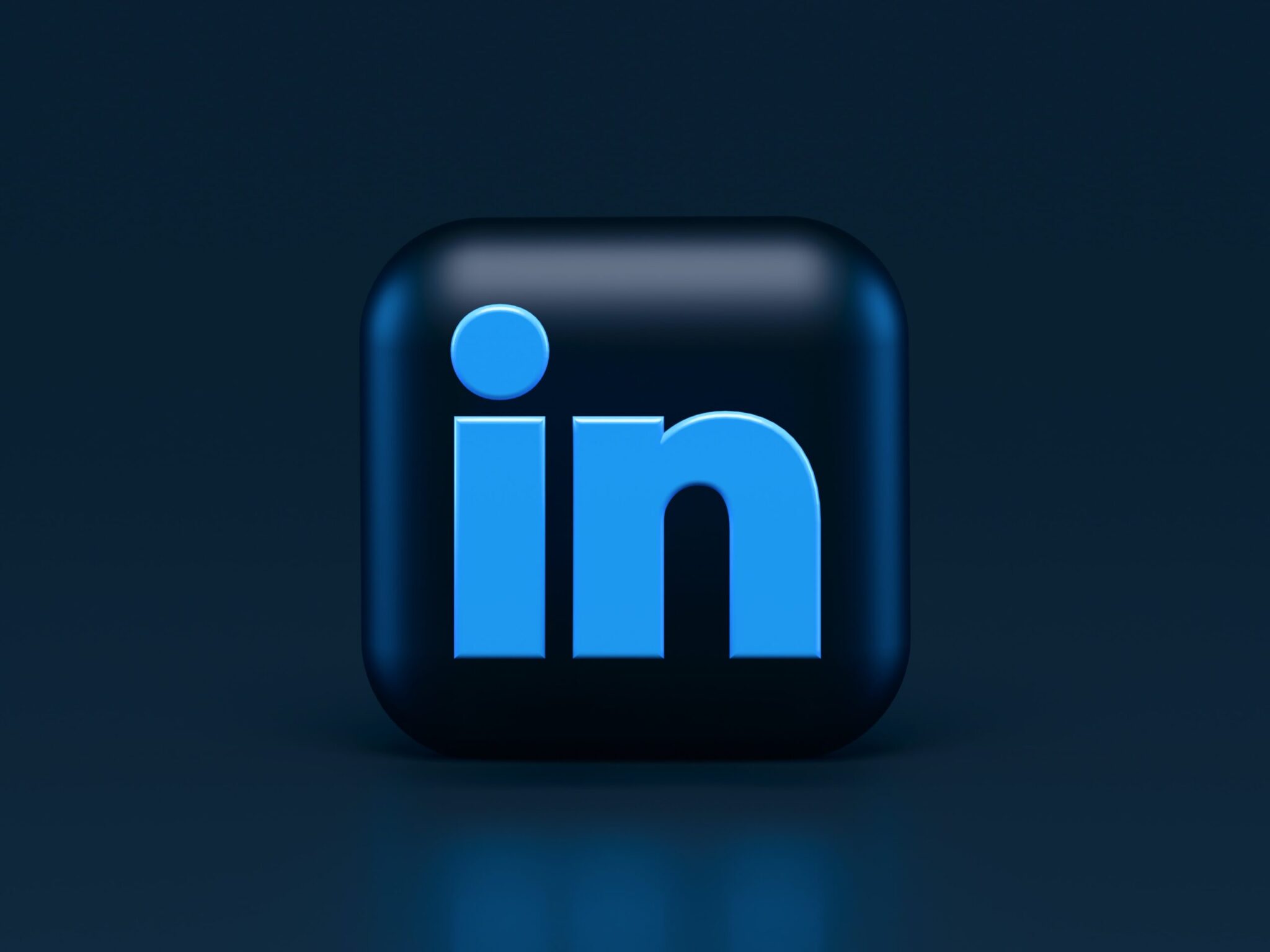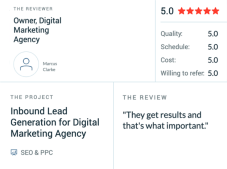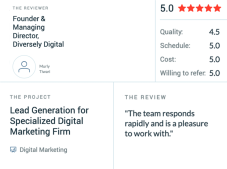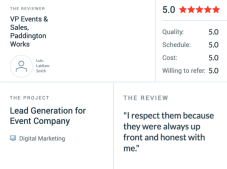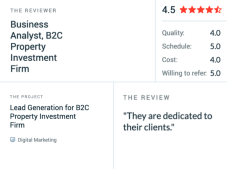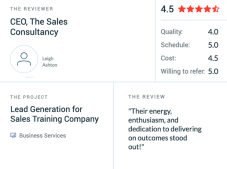LinkedIn Lead Generation: The Metrics Guide
Marketing campaigns are essential for businesses to generate leads and increase their revenue. One of the most effective ways to generate leads is through LinkedIn, the world’s largest professional networking platform.
However, creating a successful lead generation campaign on LinkedIn requires a well-planned strategy and accurate measurement of marketing metrics. This article will guide you through the steps necessary to create a successful LinkedIn lead generation campaign.
Let us dive into it:
Have Something Valuable To Offer
Simply creating ads or sending out messages isn’t enough to generate leads on LinkedIn. You need to provide something valuable that will attract potential customers.
To create an effective lead generation campaign on LinkedIn, you need something valuable to offer your target audience. This could be anything from a free consultation call, an e-book download or even exclusive access to industry insights. It should be aligned with your business objectives and cater directly to the pain points of your target audience.
Make Sure Your Executives Have A Strong Linkedin Presence
\As the face of your company, executives have the power to attract potential leads and help establish credibility for your brand. But how exactly can you ensure that they have a compelling LinkedIn profile?
Firstly, encourage your executive team to optimise their profiles by including relevant keywords in their headline and summary sections. This will increase their visibility in search results and help them stand out among competitors.
Additionally, make sure they keep their profiles up-to-date with current job titles, experience and accomplishments. A well-maintained profile attracts potential leads and shows dedication towards personal branding.
Integrate Your CRM To Follow Up With Leads Right Away
One of the key benefits of integrating LinkedIn with your CRM system is that it enables you to capture leads directly from the platform. With this information, you can prioritise, and segment leads based on their interests, industry or job title. This helps ensure your outreach efforts are targeted and relevant to each lead.
Another important advantage of using a CRM system with LinkedIn is that it streamlines your lead nurturing process. You can automate tasks such as sending follow-up emails or scheduling meetings; this saves time and ensures consistency in treating leads.
Post Relevant Content And Updates
LinkedIn is a platform known for being strictly professional, so it’s essential to ensure that everything you post aligns with your audience’s needs and interests.
Before you start creating content, take some time to research your target audience thoroughly. Understand their pain points, goals, and what kind of information they seek on LinkedIn. By doing so, you can tailor your content to them and offer valuable insights to attract their attention.
Once you have identified what type of content resonates with your audience, it’s time to create a posting schedule that works best for you. Consistency is key when posting updates on LinkedIn – aim for at least two or three weekly posts.
Leverage Hidden Fields If You Need To
Hidden fields are the additional form fields that do not appear on the surface level of your lead generation form. They can be used to collect more information about your prospects without overwhelming them with too many questions upfront. You can create highly personalised campaigns that resonate with your target audience using these hidden fields.
To leverage hidden fields effectively, start by identifying the key information that will help you better understand your prospects. This could include their job title, company size, or even their pain points and challenges related to your industry. Once you have identified these details, use them strategically in your campaign messaging and follow-up emails to increase engagement rates and conversions.
Create A Powerful Linkedin Page For Your Business
Optimise your profile picture and cover image to start creating your LinkedIn page. Use high-quality images that reflect your brand’s personality and mission. Optimising your headline and summary section with keywords related to your business niche is also important.
This will increase the chances of appearing in search results when potential customers search for products or services like yours.
Give Your Form A Useful, Systematic Name
When creating your lead generation campaign, it’s important to consider what type of information will be most valuable for your business. This can include anything from email addresses and job titles to company names and industry sectors. Once you have identified the most important pieces of data, make sure that your form asks for these items clearly and concisely.
By giving your form a useful, systematic name that accurately reflects the information you request, you can help ensure that prospects understand the value of completing it.
Maintain A Consistent Presence On The Platform
Maintaining a consistent presence means actively engaging with your audience by regularly posting relevant content, sharing industry insights, and participating in discussions. This will help you establish yourself as an expert in your field and build trust among your connections.
In addition, keeping up with LinkedIn’s algorithm changes is crucial to stay top-of-mind and reaching more potential prospects.
Use The Linkedin Website Demographics Feature
LinkedIn Website Demographics feature provides valuable insights into your website visitors, allowing you to craft targeted messaging and campaigns that resonate with your ideal customers.
First and foremost, the LinkedIn Website Demographics feature offers a comprehensive view of your website visitors’ professional attributes. You can see their job titles, industries, company sizes, and organisational functions. Armed with this information, you can tailor your messaging to address the unique pain points and needs of each segment of visitors.
Additionally, the LinkedIn Website Demographics feature provides visibility into how different segments of visitors interact with your website. You can see which pages are most popular among particular groups or where visitors drop off in the conversion process. Analysing this data allows you to optimise your website design for maximum engagement and conversions.
Conclusion
You can generate leads on LinkedIn by targeting decision-makers, entrepreneurs, and other professionals. Creating a lead generation campaign on LinkedIn can effectively increase your reach and drive more traffic to your website.
Was this article helpful? Let us know in the comments.
FAQ
What does a lead generation campaign mean?
Simply put, a lead generation campaign aims to attract potential customers and collect their contact information. The ultimate goal is to generate leads that can then be nurtured into becoming paying customers.
How do you create a lead generation campaign?
The first step in creating a lead generation campaign is identifying your target audience. You need to know who your ideal customer is and what their needs are. Conducting market research can help you gather vital information about your target audience, including demographics, interests, pain points, and buying behaviour. This information allows you to create compelling content that speaks directly to your target market.
What's an example of a lead-generating campaign?
One example of a successful lead-generating campaign is using social media platforms like Facebook or Instagram to run targeted ads. These platforms allow businesses to reach a specific audience with the option to target by age, location, interests, and behaviour.
Another example of a successful lead-generating campaign is email marketing. By sending personalised emails to subscribers on your mailing list, businesses can engage with potential customers and communicate important information about their products or services.


